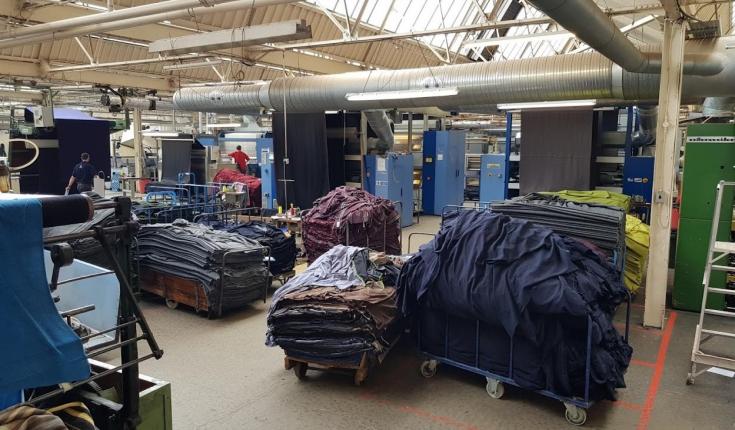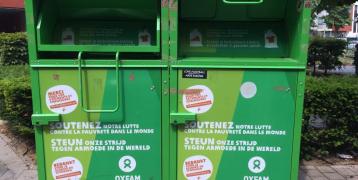New EU Strategy for sustainable and circular textiles
Already today, European consumption of textiles has the fourth-highest impact on the environment and climate change, after food, housing, and mobility. Textiles is the third sector for higher use of water and land use, and fifth for the use of primary raw materials and greenhouse gas emissions.
Less than 1% of textiles waste is recycled into new fibres for clothing and around the world, a truckload of textiles is landfilled or incinerated every single second. At the same time, the production and consumption of textiles sees a relentless expansion as global textiles production almost doubled between 2000 and 2015, and the consumption of clothing and footwear is expected to increase by 63% by 2030.
The European Commission is addressing the challenges of the textiles sector as part of the European Green Deal and the Circular Economy Action Plan, and has presented a new strategy to make textiles more durable, repairable, reusable, and recyclable.
The new EU Strategy for Sustainable and Circular Textiles tackles fast fashion, textile waste and the destruction of unsold textiles, and ensures that their production takes place in full respect of social rights.
What does the new strategy contain?
The new strategy sets out the vision and concrete actions to ensure that by 2030 textile products placed on the EU market are long-lived and recyclable, made as much as possible of recycled fibres, free of hazardous substances and produced in respect of social rights and the environment.
Moreover, consumers will benefit longer from high-quality textiles -fast fashion should be out of fashion- and economically profitable re-use and repair services should be widely available.
The specific measures will include eco-design requirements for textiles, a Digital Product Passport and a mandatory EU extended producer responsibility scheme.
In addition, the Strategy foresees measures to tackle the unintentional release of microplastics from textiles, to ensure the accuracy of green claims, and to boost circular business models, including reuse and repair services.
To address fast fashion, the Strategy also calls on companies to reduce the number of collections per year, take responsibility and act to minimise their carbon and environmental footprints, and on Member States to adopt favourable taxation measures for the reuse and repair sector.
More information
You can explore the European Commission's vision in their visual factsheet.
For more information, you can also read the official communication by the European Commission or discover more Interreg Europe content on this topic below.
Textiles_Factsheet_EC.pdf
Official factsheet of the European Commission on reusable textiles









